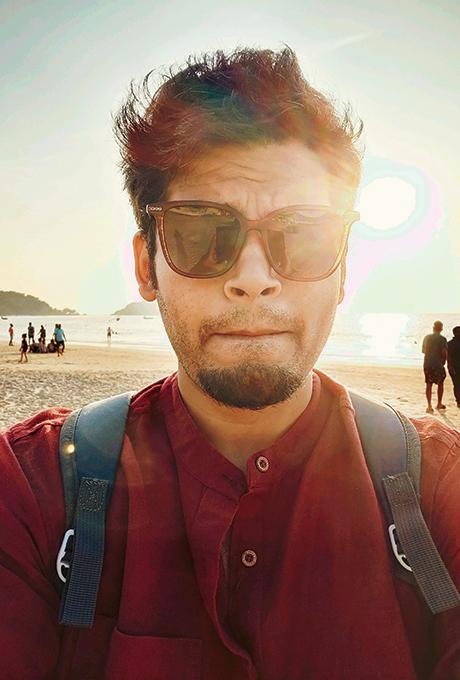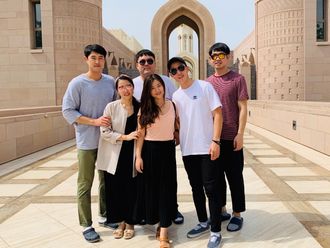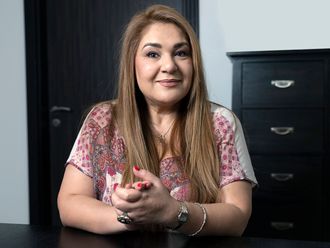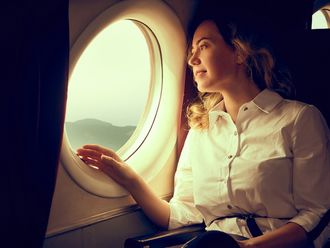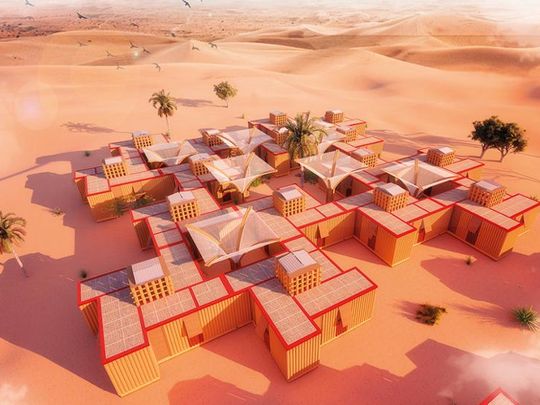
An environmentally friendly, self-supporting, temporary desert accommodation, The Tube House bagged first place at the international architecture competition "The House Challenge 2019" (under the Desert House category). Using the core principle of reusing indigenous raw material, the project was modeled with tubes made from date palm particle waste; of which the UAE generates 500,000 tonnes annually.
Meanwhile in Jumeirah, Ardh, an urban design studio, is giving shape to the custom-built Al Wasl Nursery to give the next generation an opportunity to connect with their environment. The project will integrate organic architecture mixing traditional elements and modern techniques to make a "natural habitat" for kids.
Another practical project in the pipeline by Ardh is a portable pop-up mosque. It features all the main elements of a normal mosque; a shaded praying room and a minaret, to perceive the prayer place from a distance. The structure is made of several modular pieces that can be assembled together easily, then disassembled and transported in the back of a truck to another place.
Salient features
With the Tube House, architect Ahmed M Aglan wanted to incorporate a sustainable and traditional aspect to modern living. "Emirati architecture focuses on the use of simple materials and functional aspects that serve as key elements that make living in a harsh desert environment more bearable," he explains.
The main building materials were the trunk and rachis (stem) of local date palm which can be recycled and used as Date Palm Particle Tubes (hence the name "The Tube House"). DPPT provides good thermal insulation, is lightweight but structurally strong and allows for easy plumbing and lighting treatments through the tubes.
Architect Haridas Narvekar, who partnered with Ahmed to build the Tube House, adopted solutions to make it more climate responsive. "The self-shading of the walls reduces the temperature of the surface exposed to direct sunlight, thereby reducing the amount of heat transmitted through them. This feature presents a solution rendered by nature to reduce temperature in hot areas; thereby reducing energy consumption used in cooling," says Haridas.
The duo brought back the use of wind towers to allow ample air circulation.
The Tube House was featured in architectural publications such as ArchDaily and Architectural Digest and showcased in the d3 RIBA Architecture Festival 2020. "It was great to see people appreciate our work first hand, asking questions, and truly understanding the concept," says Ahmed.
A far cry from the brick and mortar structure of regular nurseries, The Al Wasl Nursery has open spaces with emphasis on the elements of nature. The main feature is a tent made with perforated tensile fabric that has cool water sliding through it. The used water will go towards maintaining the landscaping around the tent.
The tent cools down the air entering as it passes through the fabric. The perforation in the tent filters out sand and dust as well.
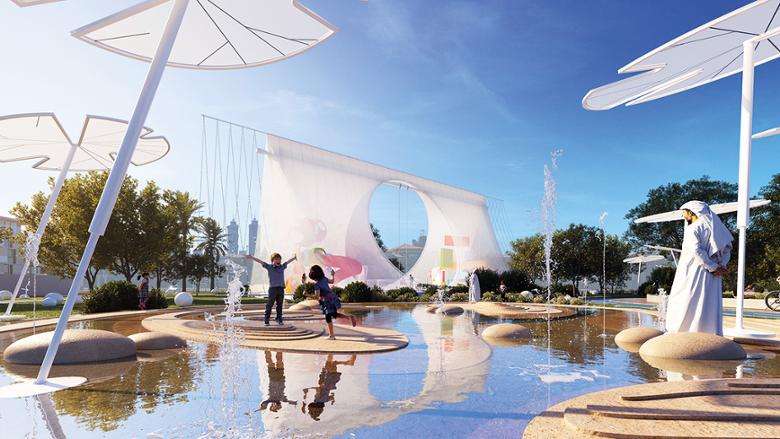
The roof of the nursery is utilized as a play area with a giant swing and two playgrounds. In the learning area, foldable walls make the re-arrangement of the space easy and instinctive.
Wooden floors and large bay windows stimulate creativity, that make children almost forgot they were in a classroom.
"We want children to build memories as well as gain an education. Most of the nurseries are old restructured villas. How can we expect our future generation to grow and thrive in spaces which are not designed to make them think and explore? We have big universities with open spaces for young adults, but by then, they are too conditioned to enjoy it. We should build the future by giving small kids large open spaces to enjoy," says Omran Al Owais, Founder of Ardh.
Foundation of dreams
As a person who disliked school, Ahmed always had a love for drawing and would gaze at buildings with wide eyed interest. Studying architecture at The American University in Dubai, he was always fascinated by Emirati designs.
"Emirati architecture is all about simplicity and minimalism. It focuses on using local material and easy construction. Iconic elements such as barjeel wind towers make it stand out," he says.
Starting his career with small scale projects such as residential villas, he felt there was always a compromise to be made in creativity to satisfy technical aspects. "That was my biggest learning curve." He says. "However, to satisfy my creative urge, I decided to enter my first international design competition, which was the Berlin Bohemian Hostel competition, where I was given an Honorable Mention. This gave me the motivation to enter several other competitions such as The Tube House."
For Haridas who pursued his Bachelor’s Degree in architecture in Manipal University, his mother was a major inspiration. "During my childhood in Abu Dhabi, my mom used to make art from materials like CDs, magazines. So I was inspired to use resources with more sensitivity and turn it into art," he says.
The first project he worked in the UAE was a multiple villa development for Emirati families. Having been brought up in Abu Dhabi, he was familiar with the Emirati style but working on this project allowed him to experience the life, custom and values of an Emirati family, first hand. "Emirati architecture in the purest sense is utilising the right amount of locally available material within the most practical minimal designs. It stems from the need to build something quick simple yet elegant. There are very few local architecture styles as evolved as the Emirati architecture which attracts the sensibilities of minimal modern architects and that’s what I think is unique about it," he says.
Omran, whose name itself signifies architecture in Arabic, completed his masters in urban and regional planning from Paris Sorbonne University in Abu Dhabi. He founded Ardh, (meaning ‘land’ in Arabic) as with a contemporary approach to architecture and modern sustainability.
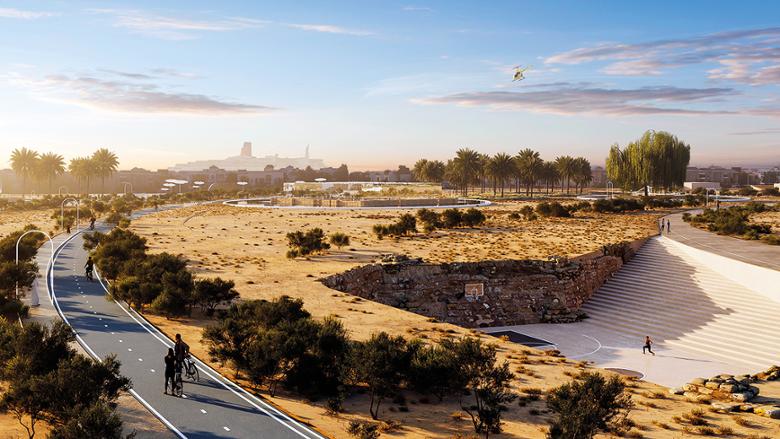
Omran believes that buildings should also build the future. More than a mere structure, a building should radiate happiness, which in turn makes people who live in it or visit, happy. "We do need architecture which are monumental and serve as an icon for a city. But when it comes to basic necessities like accommodation, education, healthcare or public utilities, these buildings should be long lasting. A good building should last hundreds of years and create good memories for people who live in it or visit it. I have received a few awards in my career, but I would really like to receive an award for a building which has stood the test of time, which continues to serves its purpose for generations and grows to become an icon," he says.
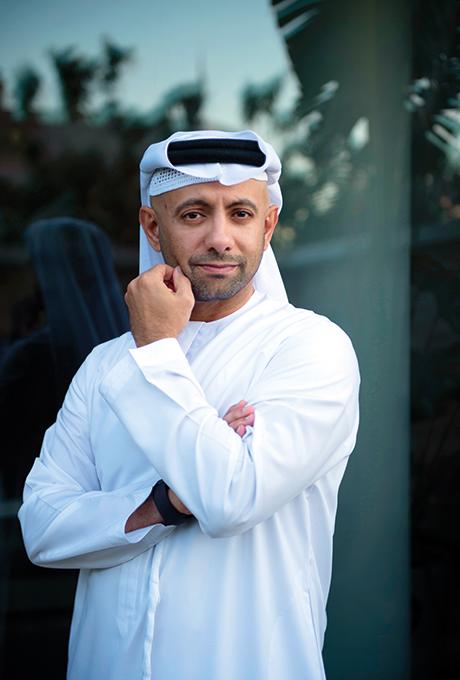
A project close to Omran’s heart is the restoration of the Jumeirah Archeological Square (JAS) which dates back to the 9th century. He hopes to convert it into one of Dubai’s most dynamic places – just like it once was. It will have playgrounds, outdoor cinemas, cycling paths et al, surrounded by the century old buildings.
Pop up mosque
The pop-up mosque was envisaged as a necessity. "When organising events, prayer accommodation is often left to the last minute. This results in having inadequate set-ups and prayer not being given the importance it is due. Our design can be folded and unfolded within minutes. It’s the perfect structure to ensure worshipers fulfill their duties in any place at any time," says Omran.
Covid reckonings
Working ever since he got out of university, the lockdown period gave Haridas ample time to explore other areas of interest like developing his illustration style. "It made me realise that it’s the act of creating something which actually keeps me going. As long as I’m creating something – be it a building design a painting or even a birthday card – helps me remain positive," he says.
Ahmed used his time to take part in interesting architectural competitions, learn new software skills and most importantly, push himself to work on his fitness. "The biggest lesson I learned is that time is a precious thing and mental health is of utmost importance. So now it’s become a habit to dedicate time to just relax and enjoy myself, and take time off of work."
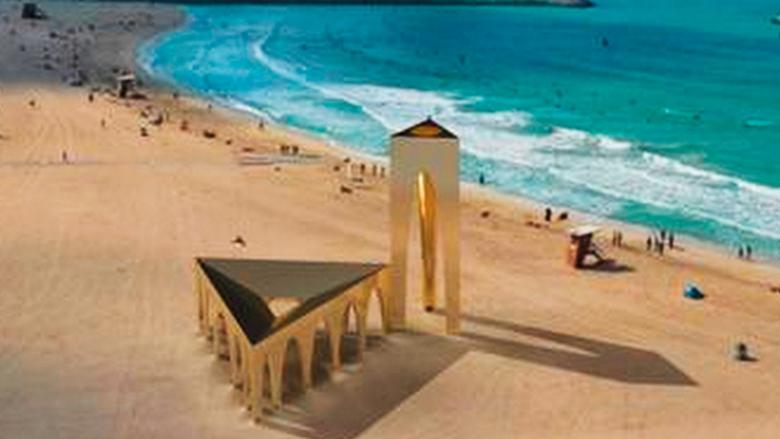
Omran believes he has done his most creative work during this period and credits this to the extra time he got to spend on his work. "Since there were no meetings or other official commitments to oblige to, I was able to focus on my projects with no distractions. We have had a chance to change our way of thinking and produce unique and exemplary stuff. But on the flip side, we did miss the tangible stuff like the 3D printing elements that we do in our office. We have gotten so comfortable with the WFH system that even after things go back to normal, we are thinking of implementing a three day work from home schedule for the office," he says.




